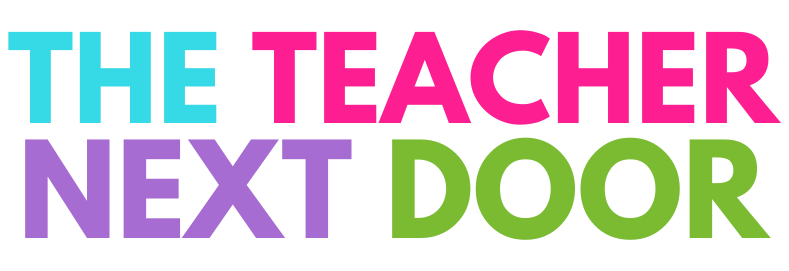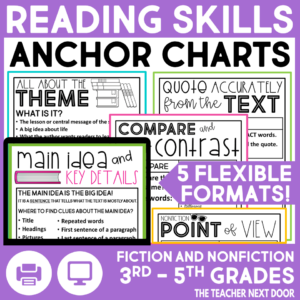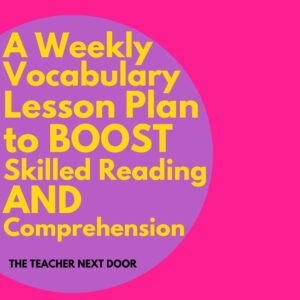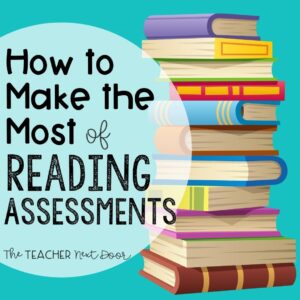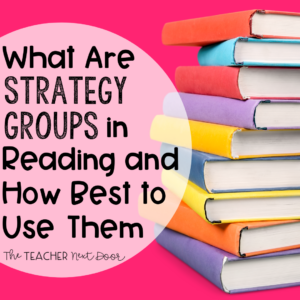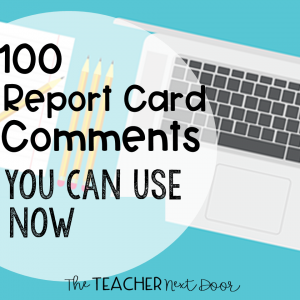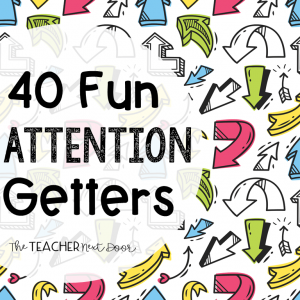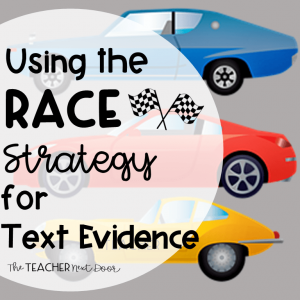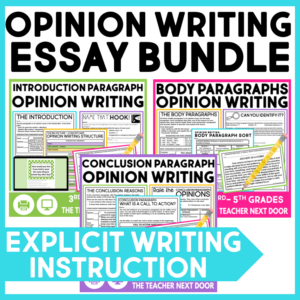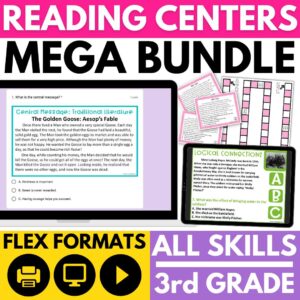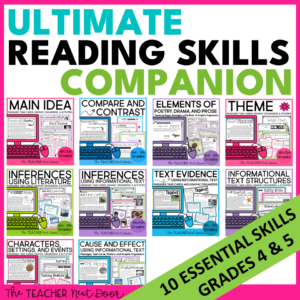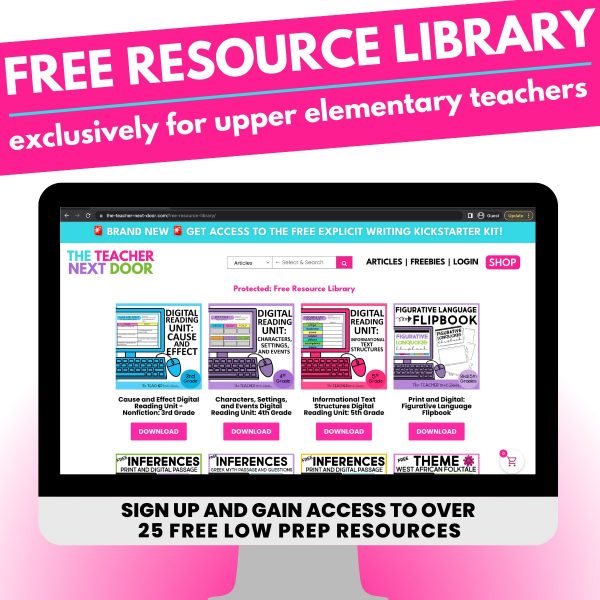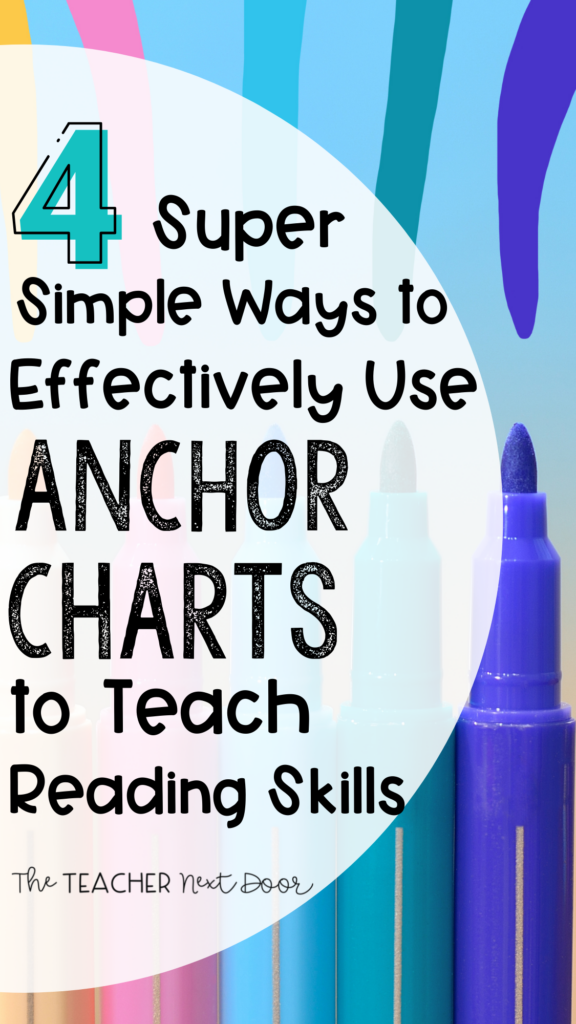
If you’re here, there’s about a 99.5% chance that you’ve used anchor charts in your classroom. Anchor Charts have had a revolution over the last 15 years.
In the elementary classroom, we’ve moved from covering our walls with the same posters and inspirational quotes each year to a new philosophy that emerged around 2010, appropriately named “walls that teach.”
The walls that teach theory centered around this: your classroom walls should look fairly bare at the beginning of the year. This blank slate, so to speak, is meant to be added to little by little.
As you teach new concepts, the anchor charts you create together are added to the walls. This way, students learn to rely on the resources around them and utilize them when needed.
Now that we’re over a decade into this theory, let’s explore how we can use anchor charts in the most effective way possible for our students.
Here are four super simple ways to effectively use anchor charts to teach reading skills!
Introduce Reading Skills Using Anchor Charts
Okay, I know you know this one. It’s a no-brainer… right?
But are you using anchor charts in the most effective way possible during this time? Here are some things to consider.
Before you introduce a new reading skill to your students and create an anchor chart, have you spent the time setting expectations with students on how they’ll interact with these anchor charts?
Think to yourself:
- Do you have a space in your classroom where you plan to display anchor charts?
- Do students understand how to use these anchor charts while working through centers or reading activities?
- Do students have a place to keep copies of these anchor charts either digitally or in physical form where they can reference them later?
Setting up a system that lets students know what to expect and how to utilize these valuable resources will benefit everyone!
Deciding How Students Will Interact with Resources in Your Classroom
Before you create your first anchor chart, here are some decisions you need to make regarding how students will interact with these anchor charts:
- Will students keep a copy of these anchor charts for themselves? If so, will they be digital or printed?
- Will you give students a copy of the anchor chart after you’ve created them together? Do they need a full page for binders or spiral-bound notebooks or maybe a half-page for composition sized reader’s notebooks? Another alternative is to copy four to a page, laminate, hole punch and add these to metal rings for use in small groups.
- Will students create a copy of each anchor chart for them themselves?
- Will you provide students with the outline of the anchor chart and expect them to add notes as you go?
Before you create your first anchor chart, here are a few decisions to make for yourself:
- How will you display them?
- Will you create them on giant sticky notes? Poster boards? Your interactive whiteboard?
- Will you project a digital version of the anchor chart?
- Will you add notes to the chart first, or will you add notes as you teach the skill to students?
Using Anchor Charts During Mini-Lessons
Whether using a reading workshop or a guided reading model, using anchor charts during mini-lessons can be incredibly valuable for students. It really helps students understand concepts more clearly when they are able to see it organized visually.
If you’ve already introduced the reading skill concept to students during a whole group lesson, you may decide to create an anchor chart together during a separate mini-lesson. You can also pair students up to work on creating their anchor charts together collaboratively.
I find that it’s valuable to provide students with a base copy of the anchor chart and have them add notes to their copy as they go. An alternative is after teaching the reading skill, you can give students the anchor chart template as a review. Going over it with a partner or as a whole class is a great way to reinforce the reading concepts.
Using Visual Aides in Strategy Groups
Using an anchor chart during strategy groups can be another valuable way to reinforce vital reading skills, especially in upper elementary. If you’re unfamiliar with strategy groups, I wrote a post about it, linked here!
A strategy group is used when students of various ability levels are grouped by the reading skill in which they need support. These multi-level groups are super flexible and change often, usually only meeting from 1 – 4 times, or as long as needed to master the targeted skill.
Using an anchor chart during this time can help your most struggling readers while also providing an optional visual aide to more secure readers.
Teaching students how to utilize the resources available to them is crucial during upper elementary. Not to mention, doing it in this smaller setting can be impactful!
Support During Reading Conferences and 1:1 Sessions
After you have established how students will keep a copy of the anchor chart, either digital or print, you can utilize those resources during important 1:1 support sessions.
This type of support is usually for students who need the most significant amount of intervention. Modeling the use of the resources available to them will help bolster their confidence, allow you to scaffold, and create routine and consistency.
Where to Find Valuable Pre-made, Ready-to-Use Anchor Charts for Upper Elementary
If you’re in need of a simple way to create routine, consistency, and a system of anchor charts for every fiction and nonfiction reading skill in upper elementary, I have good news!
I just launched a brand new resource that includes everything you need!
This resource is complete with ready-made anchor charts for every fiction and nonfiction reading standard! These 63 print and digital anchor charts are NO PREP! They’re ready to go to make teaching reading so much easier!
This resource even offers five different versions of the anchor charts to meet the needs of how you will use them in your classroom. Check them out here!
Like this post? Check out these too!
- Using Task Cards to Boost Reading Comprehension
- What are Strategy Groups in Reading and How Best to Use Them
- How to Make the Most of Reading Assessments

